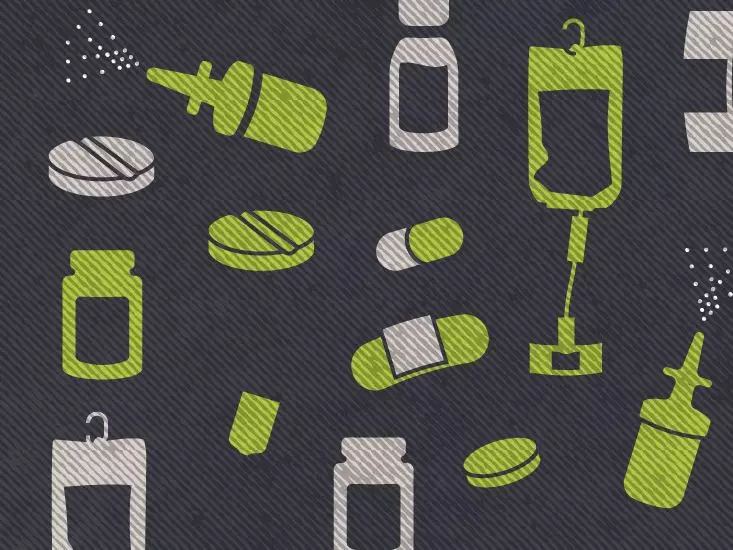Benadryl, known by its generic name diphenhydramine, is a popular brand-name drug used to treat allergies, allergic reactions, and itching. One of the unique aspects of Benadryl is the variety of forms in which it is available over the counter. These include oral tablet, oral liquid-filled capsules, oral liquid solution, and chewable tablets. Additionally, Benadryl is available in topical forms such as gel, cream, spray, and stick. Each form serves a different purpose, so it is essential to understand which one is best suited for your specific needs.
When it comes to Benadryl, the various forms come in different strengths, all containing the active ingredient diphenhydramine. It is crucial to note that there are many Benadryl products and combination products available, so the table provided in this article may not include all options. Along with diphenhydramine, the topical forms of Benadryl also contain zinc acetate, serving as a skin protectant. Before using any form of Benadryl, it is essential to consult your pharmacist or carefully read the product label to ensure you are aware of all the ingredients and their purpose.
When it comes to dosing Benadryl, it is crucial to follow the recommendations provided by your doctor or the instructions on the product label. For adults looking to treat allergies or allergic reactions with the oral form of Benadryl, the recommended dose is 25 to 50 mg every 4 to 6 hours, with a maximum of 6 doses within 24 hours. Topical forms of Benadryl, on the other hand, are typically used to relieve skin itching and related discomforts, with the application recommended 3 to 4 times a day. For children aged 6 years and older, the oral dose of Benadryl is based on age, ranging from 12.5 to 50 mg every 4 to 6 hours, with similar dosing parameters as adults.
Children between the ages of 2 to 5 years old should not be given oral forms of Benadryl unless specifically recommended by a doctor. In cases where it is deemed necessary, the dosage may be based on the child’s weight, and it is essential to have the calculation done by a medical professional. Topical forms of Benadryl, however, are approved for children aged 2 years and older to relieve itching caused by rashes or insect bites. If you are unsure about the proper dosage for children, it is always best to consult with a pharmacist or your child’s doctor to ensure their safety and well-being.
One key aspect of using Benadryl is understanding how to take or apply the different forms correctly. Oral forms can be taken with or without food and can also be found as chewable tablets or liquid solutions for those who have difficulty swallowing pills. Conversely, topical forms are meant for external use only and should be applied directly to the affected areas of the skin. It is essential to read and understand the directions provided on the product label and seek clarification from a healthcare professional if needed.
Benadryl can be used as a short-term or long-term treatment depending on the condition being addressed. While it is generally safe for use, it is vital to adhere to the recommended dosages and not exceed the amount specified on the product label. Taking more Benadryl than directed can lead to harmful effects or overdose, so caution must be exercised at all times. If you believe you have taken too much Benadryl, it is crucial to seek medical attention immediately. Additionally, if you experience severe symptoms, do not hesitate to call 911 or visit the nearest emergency room for assistance. Remember, when it comes to medication, it is always best to consult with a healthcare professional for personalized advice and guidance.

